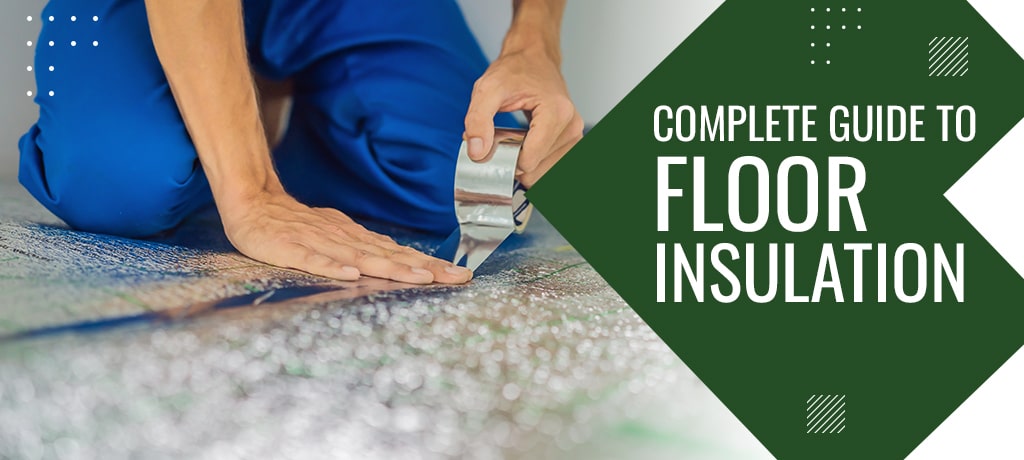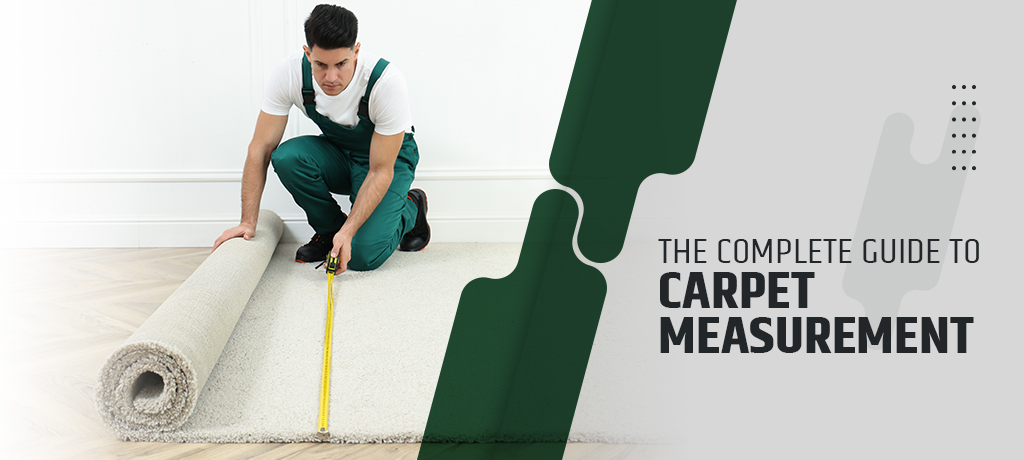Planning to insulate the ground floor of your house? This is an effective way to keep your home warm and reduce energy costs. Floor insulation minimizes the amount of heat lost through the floor. Curious about draught proofing? It's essential to seal gaps between floorboards and along the skirting. Whether you have a concrete or suspended wooden floor, enhancing the insulation can save you hundreds of pounds annually.
What are the advantages of floor insulation?
Floor insulation offers several benefits. Nearly 10-20% of heat loss from a building occurs through floors if they aren't insulated to a good standard. Here are some advantages of insulating your floors:
- Decrease waste/heat loss – As insulation retains heat, your home will feel warmer. Examine your home for draughts and address them with insulation. It's also worth considering loft insulation to eliminate draughts from ceilings and loft hatches. The mix of hot air escaping from loft gaps and cold air entering through floors results in rapid heat loss.
- Save money – Insulating suspended timber floors can save you money. With better insulation, you can reduce your energy consumption and keep your home warmer.
- Low to no maintenance – Once installed, floor insulation doesn't incur maintenance costs.
- Future-proof your home – Many older houses didn't have floor insulation initially. Investing in floor insulation upgrades your home, improving its Energy Performance Certificate ratings.

What type of flooring do you have?
Most UK houses have one of two floor types: solid concrete or suspended timber. These are insulated differently. As a homeowner, it's your duty to adhere to building regulations.
Adding insulation to your current floor involves:
- Ensuring rooms on the ground floor meet minimum height requirements
- Taking steps to minimize fire risks
- Achieving specified U-values
Insulating a timber floor:
Before adding insulation beneath the floor, ensure there's no damage from damp, pests, or rot. Timber flooring specialists in London also emphasize that new insulation shouldn't block ventilation openings like air bricks. Solid insulation boards can be placed between the floor joists. If the floor is above an unheated basement, fit insulation snugly between the joists and secure it with netting. Attach plasterboard to the basement ceiling for fire resistance.
For floors with a small, hard-to-reach cavity, you may need to lift floorboards to fit insulation. Insulating a suspended timber floor usually involves adding a vapor-permeable air tightness layer. This reduces heat loss through the floor.
Insulating a concrete floor:
Insulation can be added atop the existing concrete slab to make a room cozier. High-performance insulation boards or panels are ideal, offering excellent thermal performance with minimal thickness. Ensure your insulation's thickness is minimal to avoid major changes to stairs, doorways, or fixtures due to a raised floor height. If your chosen insulation doesn't come with a moisture-resistant chipboard layer, you might need to add a separate deck on top. Always lay a damp-proof membrane below the insulation.
If replacing an old concrete floor, upgrade the insulation to meet Building Regulations.
How to insulate the flooring:
- Wooden floor insulation: This involves lifting the flooring and placing insulation between the joists. Seal gaps in the floorboards using a flexible sealant.
- Concrete floors: For newer homes with concrete ground floors, solid floors can be insulated with a rigid foam layer on top, covered with chipboard and your chosen floor covering.
- Top and tail: If you have a loft, insulate it. Installing loft insulation is as simple as rolling out a rug. This insulation traps heat escaping through the roof and prevents draughts.
- Exclude draughts: Inspect chimneys, doors, floorboards, and radiator pipes. Use a special sealant to address any issues.
- Add carpets: For wooden floors, retain heat by installing carpets, rugs, and sealing board gaps.
Different kinds of flooring with insulation properties:
- Carpet: This warm flooring is great for summer. Available in various colors and styles, its soft fibers offer excellent insulation.
- Rugs: Similar to carpets, rugs insulate specific areas. They're a cost-effective alternative to full carpeting.
- Laminate: Combine laminate flooring with underfloor heating for warmth and a hardwood look.
- Lino and vinyl: Vinyl and lino remain popular for their cost-effectiveness. While not as warm as carpet, thicker vinyl offers more warmth underfoot.
- Wood: Wood gives a modern appearance but isn't as warm as carpet. Consider using rugs on colder wooden floors.
- Ceramic and stone: Stone floors look fantastic but are chilly and offer little insulation.
M M Carpets is a premier carpet fitter, offering a wide range of flooring options, including laminates, vinyl, and commercial carpets. We supply quality carpets throughout Central London and its surrounding areas. Recognizing the importance of stylish, functional flooring, we offer a broad selection tailored to your needs. Contact us today for more details.




